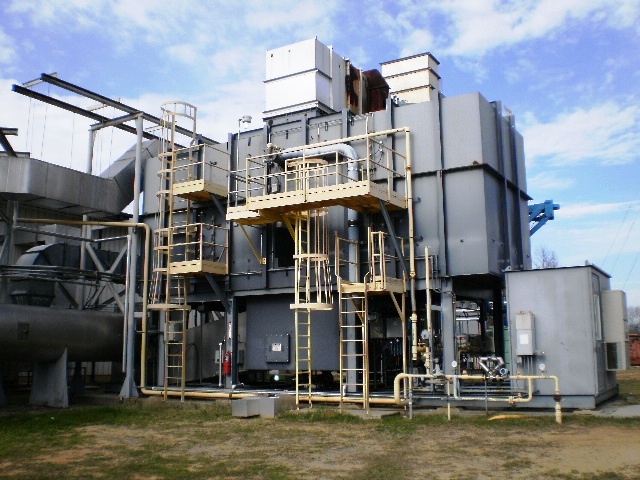Regenerative Thermal Oxidizer (RTO). Direct combustion systems with recovery
Gas streams containing large amounts of carbon monoxide (CO) are a big problem for many metallurgical and chemical enterprises.
The solution to this problem has become especially relevant recently, when the requirements for the environmental safety of production facilities, especially for enterprises located close to or within the boundaries of large cities, are constantly increasing.
Any processes associated with incomplete combustion of carbon fuel lead to the formation of CO, and given the high consumption of exhaust gases from industrial metallurgical furnaces and similar equipment, reaching 100 thousand m3 / h and more, reducing CO emissions to acceptable values requires the mandatory use of modern methods cleaning.
A reliable solution in such cases can be the implementation of the process of thermal oxidation of CO to CO2 using modern RTO (regenerative thermal oxidation) installations.
Questionnaire
download
Advantages:
High efficiency
Low fuel consumption thanks to the regenerative system
Compact design
It is possible to work with flows up to 150 thousand m3 / hour at CO concentrations up to 25 g / m3 and more
The service life of ceramics is at least 10 years
In comparison with systems of direct thermal oxidation, PTO does not require the use of consumable expensive catalysts, the guaranteed service life of which is 1-2 years
Scope of application:
Calorie emissions burning of the chemical and petrochemical plants, as well as polymer, paint-and-lacquer and others, which have organic compounds in their emissions
Scheme of regenerative thermal oxidation

The principle of operation
The RTO unit consists of a combustion chamber equipped with one or more burners operating on natural gas, as well as several columns (from 3 to 5) filled with ceramic blocks designed to recover the heat released during the thermal oxidation of CO.
The gas supplied for cleaning passes into the combustion chamber through one of the columns and is heated to a temperature of 400 - 500 ° C due to the receipt of heat from the heated ceramic blocks. In the combustion chamber, at a temperature of 850 - 1000 ° C, thermal oxidation of CO to CO2 occurs (as well as the complete oxidation of any volatile organic compounds, if they are present in the flow!) After which the hot purified gas leaves the unit through another column, heating the ceramics in it while cooling down to 200 - 300 ° С.
The operation of the installation is controlled by a special system of inlet and outlet valves using an automation system - after the temperature of the ceramics in the first of the columns (through which the supply is carried out) drops to a certain value, the gas flow is switched to supply it to the heated column (through which the clean gas), and the gas outlet switches to the third chamber, which was previously unused. In order to prevent the contaminated gas from slipping through at the purified moment of switching the chambers (the fact is that a certain amount of dirty gas remains in the column through which it was supplied before the change in the direction of flows), a special purge system is used that bypass the residual dirty gas back to the inlet to the unit.
Disposal emissions
Effective treatment of calories multicomponent gas mixtures with energy savings
Energy saving
Recuperative heat exchangers usage and gas flows heat recovery set-up




